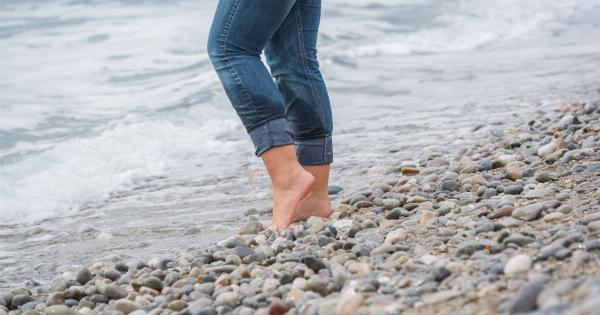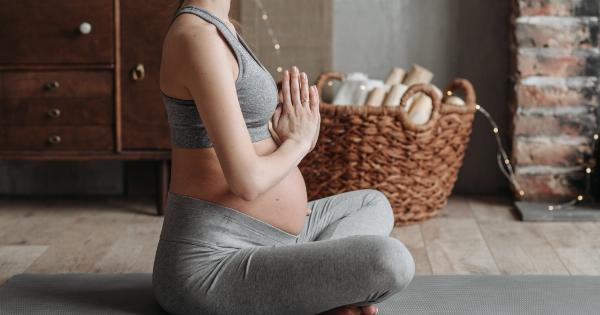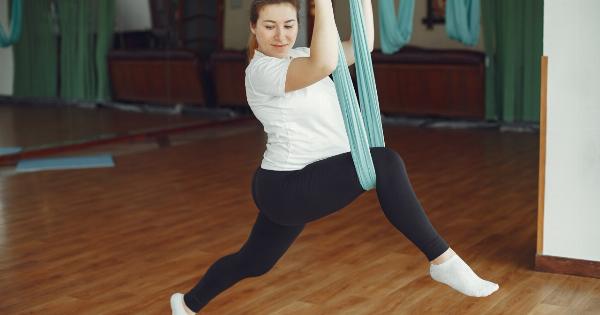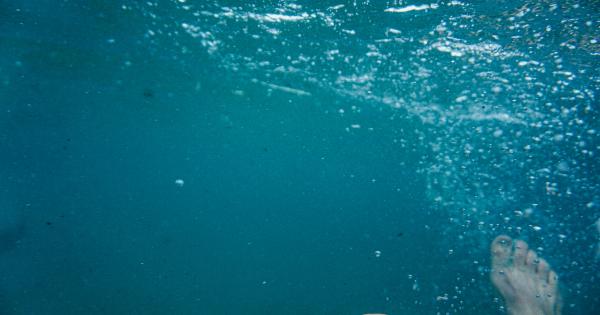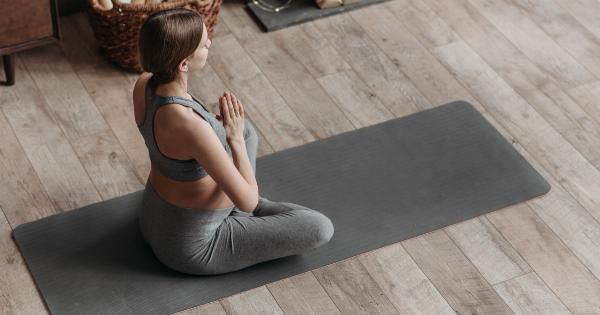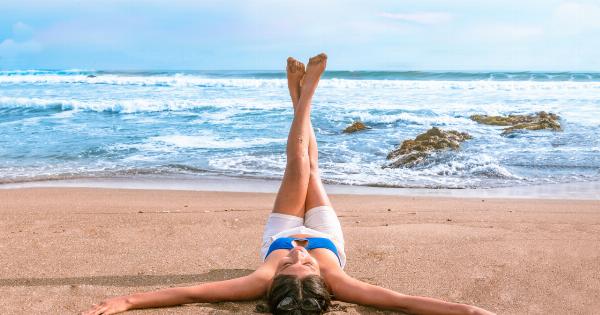Water retention, also known as edema, is a condition where excess fluid accumulates in the body, often causing swelling in the legs. While it may be a common occurrence for some individuals, it can also be a symptom of an underlying health issue.
Thankfully, there are various ways to reduce water retention and alleviate the discomfort it brings. In this article, we will explore ten effective methods to help you combat water retention in your legs.
1. Stay Hydrated
When you experience water retention, it may seem counterintuitive to drink more fluids, but staying hydrated actually helps flush out excess water from your body.
Aim to drink at least eight glasses of water per day and limit your intake of alcohol and caffeinated beverages, as these can contribute to dehydration and worsen water retention.
2. Reduce Sodium Intake
Sodium is known to contribute to water retention, so it’s important to limit your intake of salty foods. Opt for fresh, whole foods instead of processed ones, and be mindful of hidden sources of sodium, such as condiments and canned goods.
Gradually reducing your sodium intake can make a significant difference in reducing water retention in your legs.
3. Increase Potassium Consumption
Studies suggest that consuming more potassium-rich foods can help counteract the effects of sodium and reduce water retention. Include foods like bananas, avocados, spinach, and sweet potatoes in your diet to increase your potassium levels.
Additionally, consult with your doctor before taking any potassium supplements.
4. Elevate Your Legs
Whenever possible, elevate your legs to reduce water retention. Prop your legs up on a stack of pillows or use a recliner chair to elevate your legs above your heart.
This position promotes better circulation and helps drain excess fluids from your legs, providing relief from swelling and discomfort.
5. Exercise Regularly
Engaging in regular physical activity can help improve circulation and reduce water retention in your legs. Low-impact exercises like walking, cycling, swimming, and yoga are ideal for minimizing fluid buildup.
Aim for at least 30 minutes of exercise most days of the week to experience the benefits.
6. Wear Compression Stockings
Compression stockings are specially designed to apply pressure to your legs, helping to improve circulation and prevent fluid buildup.
These stockings can provide relief from swelling caused by water retention and are available in various levels of compression. Consult with a healthcare professional to determine the right type and fit for you.
7. Massage Your Legs
Gentle massage can help stimulate lymphatic flow and reduce water retention in your legs. Use upward strokes and gentle pressure to encourage the movement of fluids towards your heart.
You can also incorporate essential oils with anti-inflammatory properties, such as lavender or chamomile, to enhance the massage’s effectiveness.
8. Follow a Balanced Diet
Eating a well-balanced diet is crucial for overall health and can also aid in reducing water retention. Include plenty of fruits, vegetables, lean proteins, and whole grains in your meals.
Avoid excessive consumption of processed foods, sugary snacks, and refined carbohydrates. A healthy diet can help keep your weight in check and prevent fluid retention.
9. Limit Alcohol Consumption
Alcohol is dehydrating and can lead to water retention. It also puts stress on your liver, hindering its ability to regulate fluid balance. To reduce water retention, it’s best to limit your alcohol consumption or avoid it altogether.
If you choose to drink alcohol, do so in moderation and ensure you stay well-hydrated.
10. Consult with a Healthcare Professional
If you experience persistent or severe water retention in your legs, it’s essential to consult with a healthcare professional.
They can assess your overall health, identify any underlying conditions contributing to water retention, and provide tailored treatment options to address the issue.
Conclusion
Water retention in the legs can be uncomfortable and may indicate an underlying health concern.
By following the methods outlined in this article, such as staying hydrated, reducing sodium intake, increasing potassium consumption, and engaging in regular exercise, you can effectively reduce water retention and alleviate associated symptoms. Remember to consult with a healthcare professional if you have ongoing concerns or if the water retention persists.

